Laser scanning has become a powerful tool in the BIM process that can capture existing site conditions with remarkable accuracy and faster than ever before. With advances in technology the term “Laser Scanning” is attempting to be replaced by the term “Reality Capture.” There is a significant difference in actual laser measurement scanning, and the quickly evolving approach of photogrammetry.
First, what is the concept of Reality Capture:
Reality Capture documents existing site conditions which can then be digitally represented for unlimited use and viewing by interested parties. Potential pitfalls and typically accepted re-work can be identified and corrected before construction commences.
This technology provides millions of data points joined together to digitally document a site or project for unlimited use, viewing, and measuring by all responsible parties on a project. The Reality Capture process measures the geometry of all visible objects. The raw data, translated into 2D line work or a 3-dimensional model, is able to serve as a critical foundation for BIM projects. Potential areas of concern can be easily identified before construction even begins, limiting typically accepted rework and excessive site visits.
The reality of Reality Capture is the technology in the field is changing at an unprecedented pace. The ‘latest and greatest’ scanning instruments are being marketed as smaller, lighter, less expensive, and easier to use than previous generations of laser scanners. The appeal of having instant feedback on your phone or tablet is certainly intriguing.
In addition, data can now be made available almost instantly. And while receiving scan data directly on your smartphone or tablet provides a necessary response to the fast paced construction and BIM industry, there is a trade-off.
Often, the trade-off for these conveniences is accuracy, quality, and usability. A claim of 99% accuracy is incredibly appealing, but it is important to keep in mind that one foot of error over 100 feet is still “99% accurate.” Understanding your project tolerances allows users to weigh such conveniences. It is important to understand which type of Reality Capture is right for your project.
“It’s important to understand which type of Reality Capture is right for your project.”
Photogrammetry scanning can be very useful due to speed and ease of use. The acceptable tolerance for the deliverable must be considered if choosing to use photogrammetry. This method is very useful if the end goal is asset management. For a facility manager who wants to have a BIM of their existing facility and tag assets with digital intelligence, a photogrammetry scanner is convenient, easy to use, and cost effective.
Unfortunately, too many people may try to use photogrammetry scanning where a higher level of accuracy is needed. This will lead to dissatisfaction and distrust in the technology. Additionally, operators require very little training with some of the easy-to-use technology. Errors in operational approaches can compound even the limited accuracy baseline into virtually useless information for construction.
Laser Scanning is still the only way to assure construction level accuracy in most applications. A top quality laser scanner can achieve 6mm accuracy at distance of 300 meters. This level of accuracy has many applications and benefits over conventional measuring, including speed, precision, ancillary data capture, and less rework measuring.
When accuracy and a quality data set are essential, laser scanning technology, coupled with establishing survey control, is often the best methodology for success. Checks and balances in the field provide invaluable quality control that can even outshine the lure of instantaneous workflows.
Understanding and utilizing laser scanning technology for BIM can revolutionize the construction industry. But as technology marches forward, knowing the tolerance for your specific scope is the key to achieving success.
BIM Used in the Real World
A national retailer only constructs using Building Information Modeling (BIM). They understand that if the project has challenges in the early stages of construction it will only compound the issues and raise the overall project cost. Premature problems delay the finish date which results in
higher construction costs as well as delaying the scheduled
retail opening date.
It was essential in verifying that the newly erected steel was within the tight tolerances required for the envelope enclosures to begin. Laser Scanning was done at the initial stages of construction and then compared to the structural model. Following the data collection and comparison by the project team, the results were reviewed with the client and subsequent changes were made to keep construction on schedule.
The savings on this project occurred over and over again throughout the entire construction process. Laser Scanning validation of the BIM minimized the interruptions of the construction timeline, reduced the number of change orders needed, and dramatically lowered the risk to the contractor for revisions and errors.
By David Kuiper, the High Definition Scanning Manager at Grand Rapids based Nederveld Inc. Nederveld Inc is a Land Surveying, Civil Engineering, Landscape Architecture, High Definition Scanning, Forensic Engineering and Fire Investigation firm with seven offices throughout the Midwest. The High Definition Scanning team has scanned thousands of sites large and small across North America, Europe and the Middle East.
This article was originally featured in The Source.



